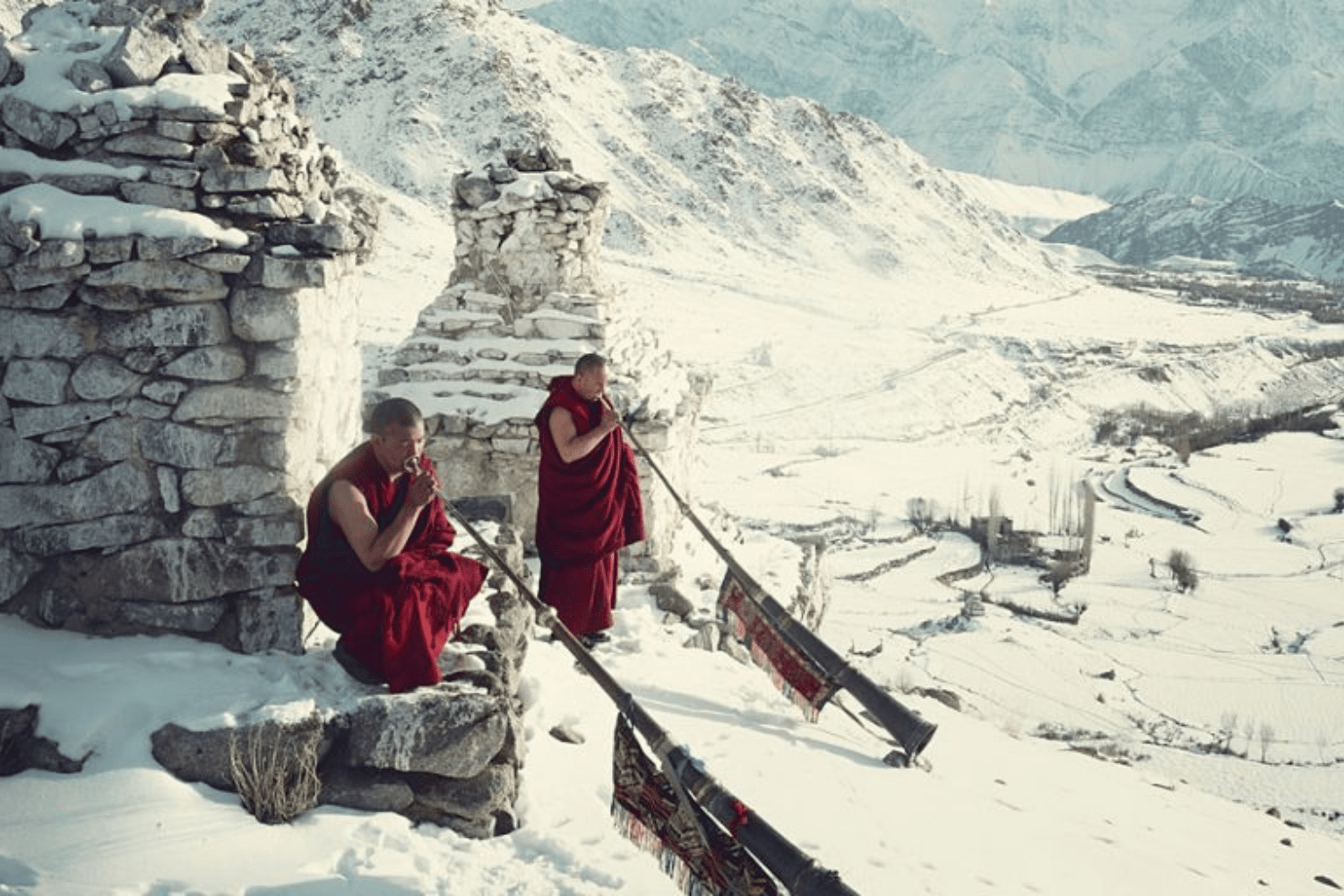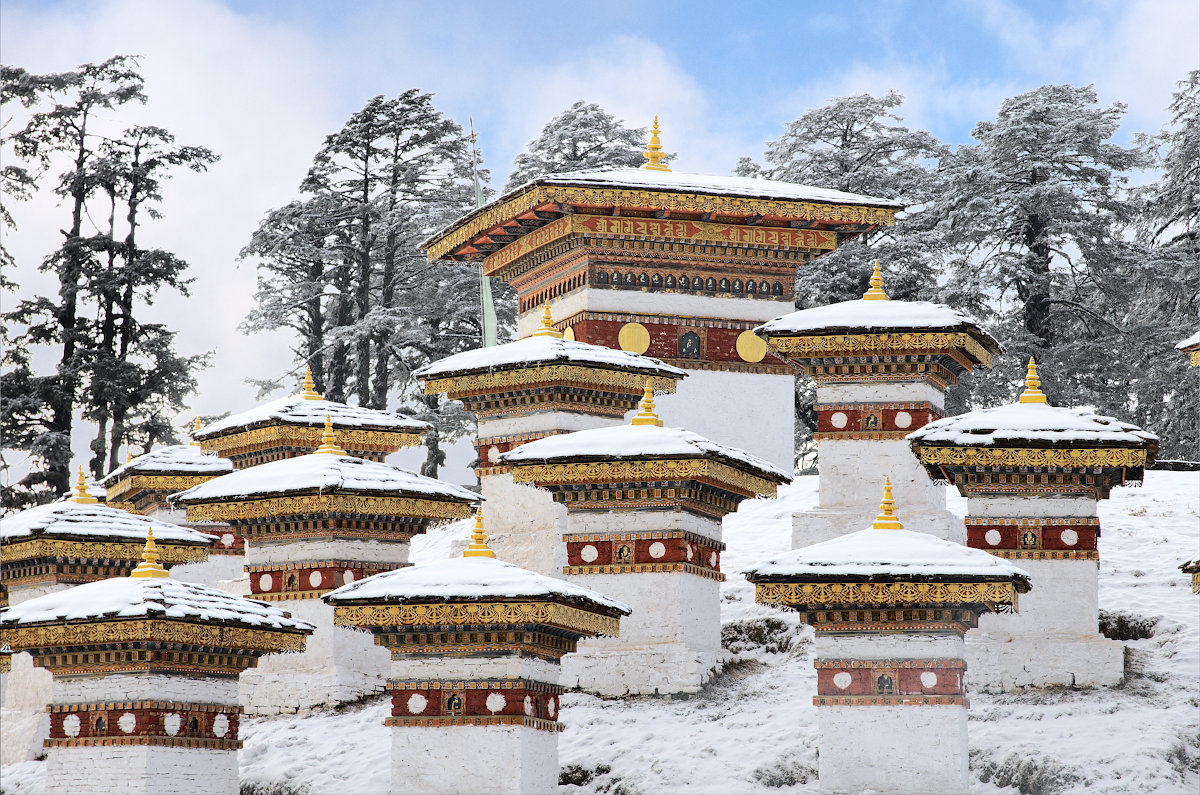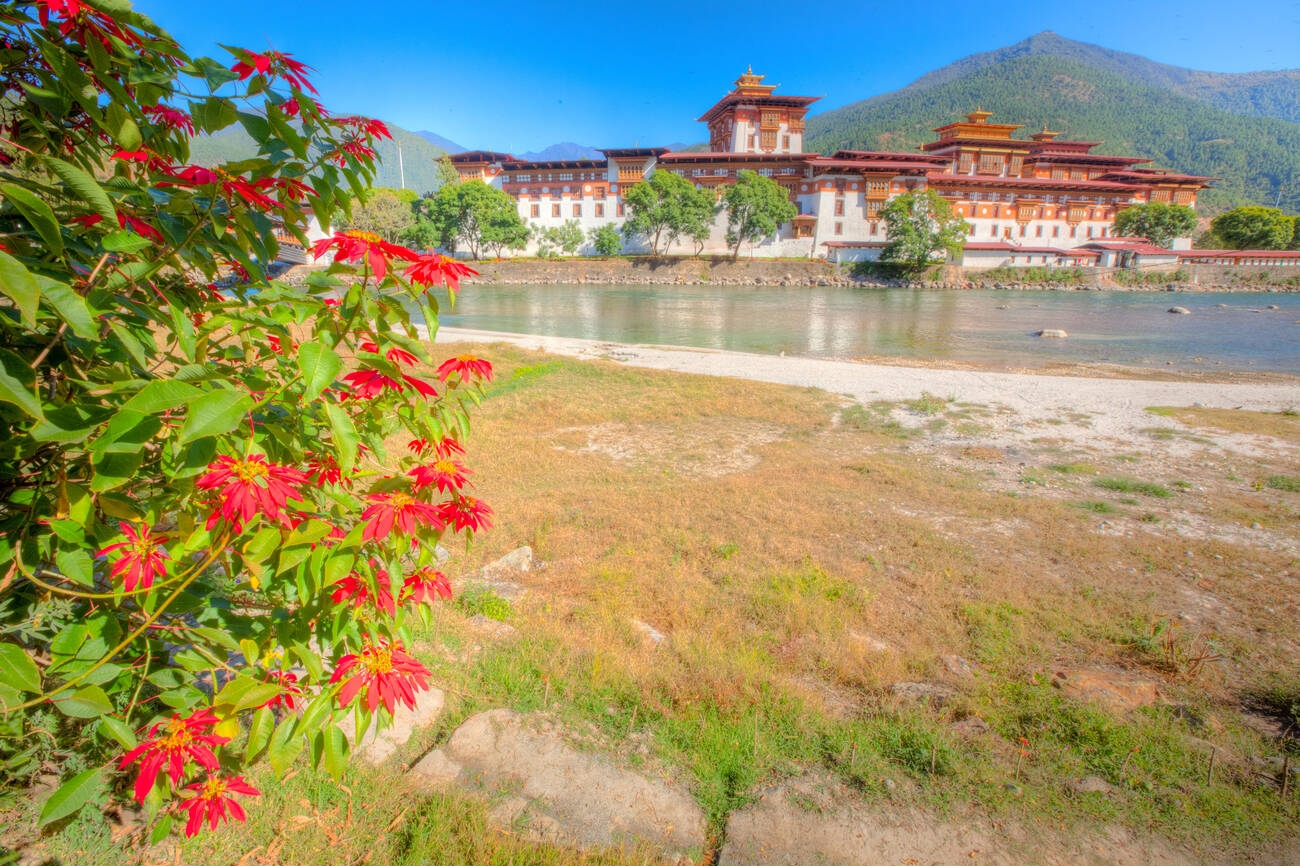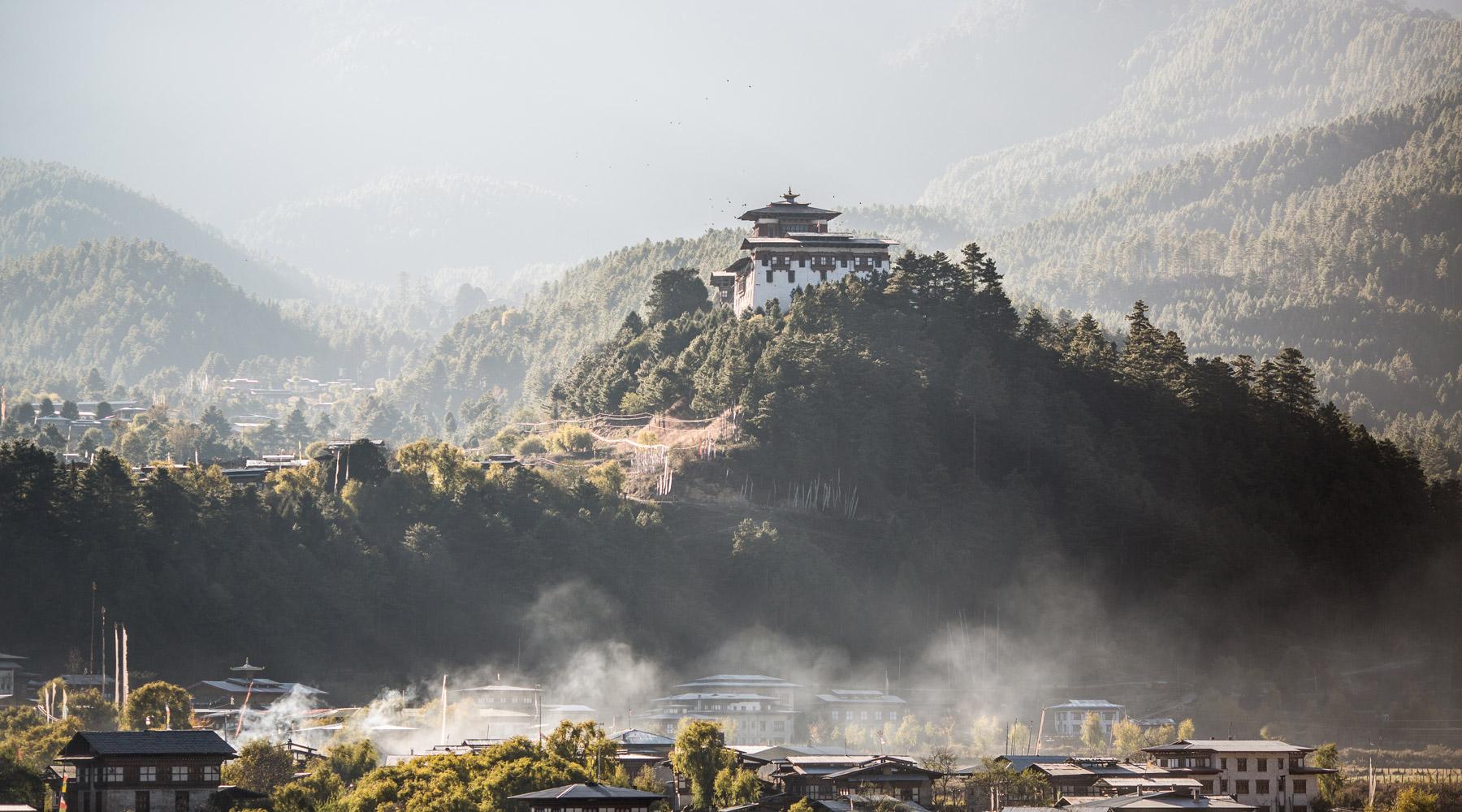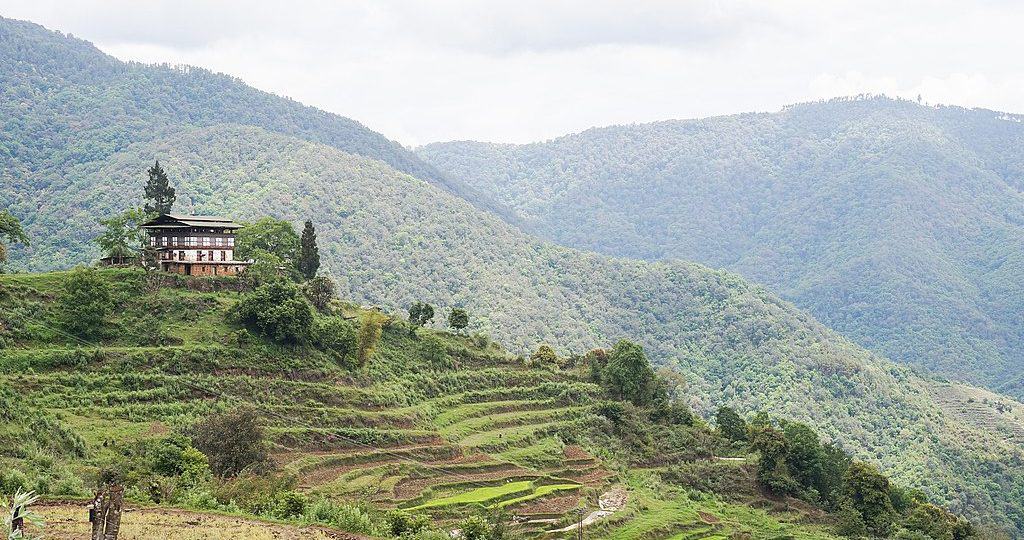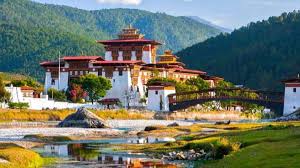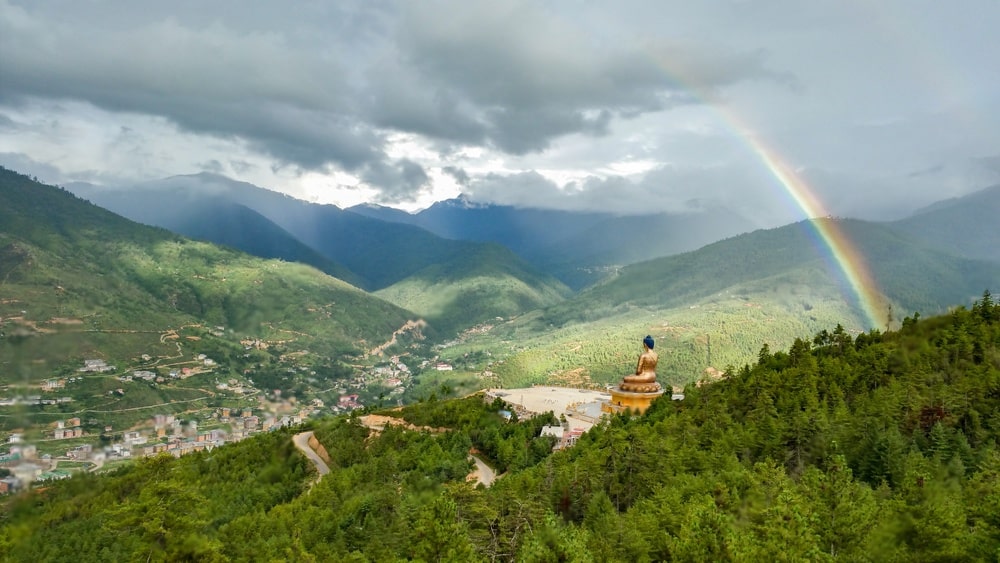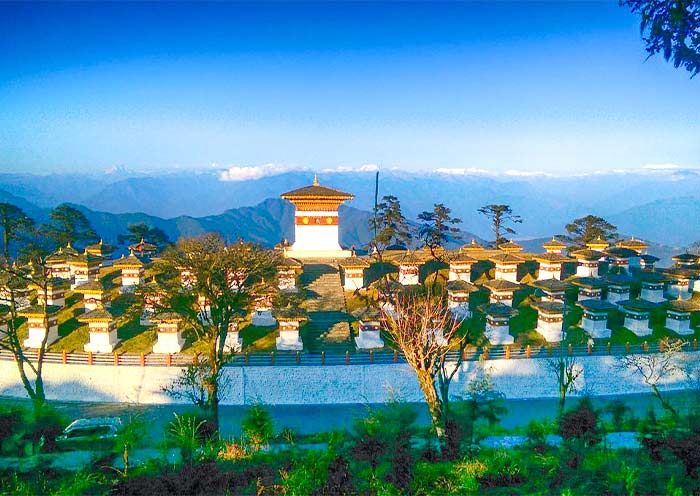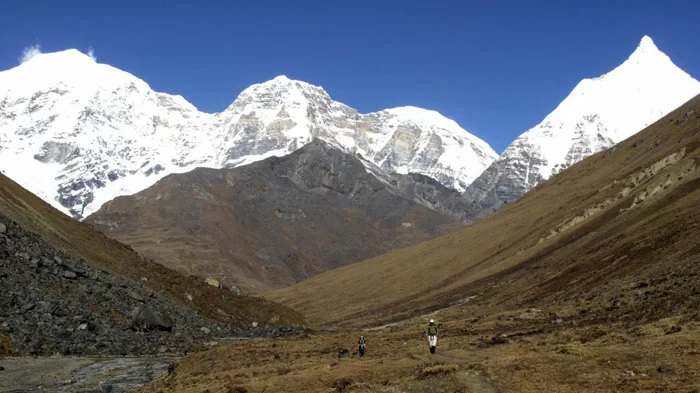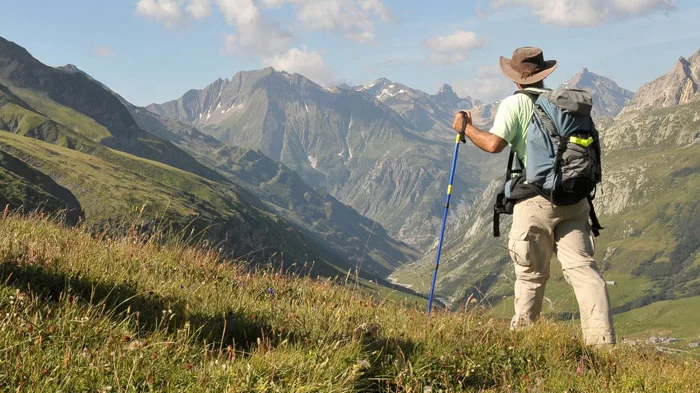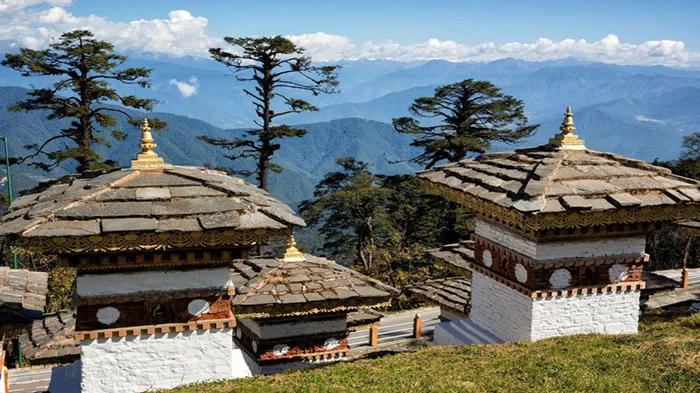Bhutan Weather in January
Bhutan in January experiences the heart of winter, bringing cold temperatures, clear skies, and breathtaking landscapes covered in snow, especially in the higher altitudes. The weather varies across different regions, with western and central Bhutan, including places like Thimphu, Paro, Punakha, and Bumthang, experiencing chilly morn ...
ings and evenings, while the southern regions, such as Phuentsholing and Samdrup Jongkhar, remain relatively mild and pleasant.
In the western and central parts of Bhutan, daytime temperatures in January range between 5°C to 15°C, while nights can drop below freezing, sometimes reaching as low as -5°C to -10°C in high-altitude areas. The Himalayan mountains are often blanketed in snow, creating stunning views, especially from places like Chele La Pass and Dochula Pass. The low humidity and crisp air make for excellent visibility, providing a great opportunity to witness Bhutan’s natural beauty in its purest form.
For travelers visiting Punakha, which lies at a lower altitude, the weather remains much milder, with daytime temperatures ranging from 10°C to 20°C. This makes it an ideal winter destination for those who want to escape the extreme cold of Thimphu or Paro. The rhododendron forests and terraced rice fields in Punakha retain their charm even in winter, offering a picturesque setting.
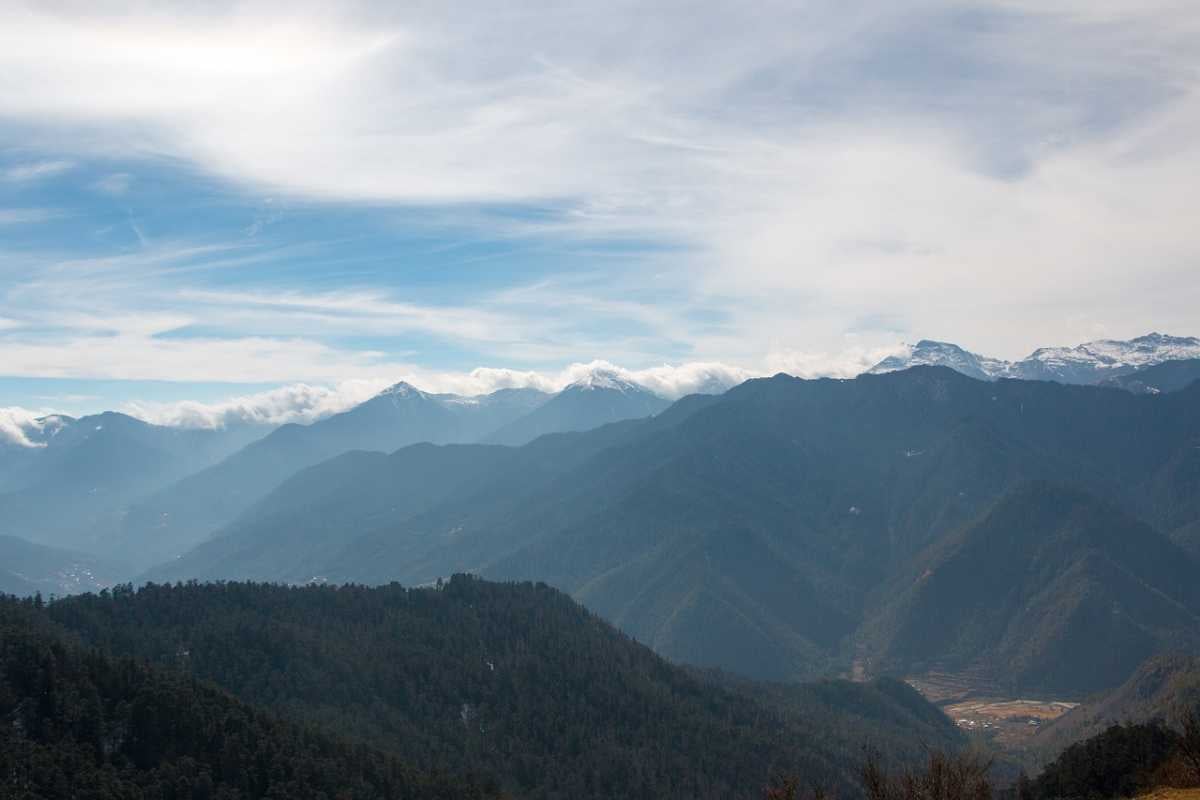
More Detail About Bhutan Weather in January
January is also a great month for attending local festivals such as the Lhuentse Tshechu, which showcases vibrant Bhutanese traditions. While trekking in high-altitude regions like Jomolhari and Snowman Trek is no ...
t advisable due to heavy snowfall, cultural tours, sightseeing, and exploring the monasteries, dzongs, and valleys remain enjoyable.
Overall, Bhutan in January offers a serene and peaceful experience, making it a perfect time for those who enjoy cold weather, snow-covered landscapes, and fewer crowds. Warm clothing is essential, but the winter charm of Bhutan is truly magical.
Categories

Request a call back
Our experts would love to create a package just for you!







